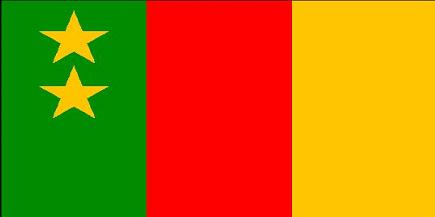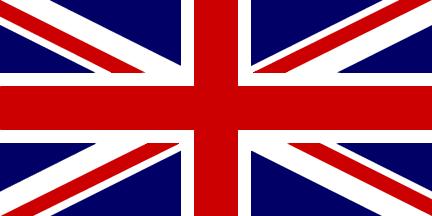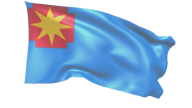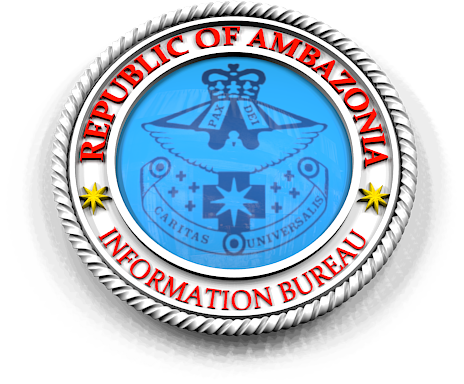 On 11 and 12 February 1961, two separate plebiscites were administered by the United Nations in the territories of the British Southern and Northern British Cameroons respectively. Final returns announced on February 15 showed that while the people of the Northern British Cameroons favored union with the Federation of Nigeria, the territory of the Southern British Cameroons voted to attain her independence by joining La Republique du Cameroun. On 21 April 1961, the United Nations General Assembly adopted a resolution accepting the results of the plebiscites on the future of the Southern and Northern British Cameroons.
On 11 and 12 February 1961, two separate plebiscites were administered by the United Nations in the territories of the British Southern and Northern British Cameroons respectively. Final returns announced on February 15 showed that while the people of the Northern British Cameroons favored union with the Federation of Nigeria, the territory of the Southern British Cameroons voted to attain her independence by joining La Republique du Cameroun. On 21 April 1961, the United Nations General Assembly adopted a resolution accepting the results of the plebiscites on the future of the Southern and Northern British Cameroons.
British Cameroons
In 1919 Britain officially grabbed part of this German territory, hitherto known as Kamerun, as a prize for her World War I victory over the Germans in the territory. The British Cameroons, as the new-found British territory was then known, was further partitioned into the British Southern Cameroons and the British Northern Cameroons. The British Cameroons were administered by Britain as a League of Nations mandated territory.
Ambas Bay Colony
 In 1858, Alfred Saker of English Baptist Missionary Society founded at Ambas Bay a colony of the freed Negroes who then left the island, the settlement being known as Victoria.
In 1858, Alfred Saker of English Baptist Missionary Society founded at Ambas Bay a colony of the freed Negroes who then left the island, the settlement being known as Victoria.
On 19 July 1884, British Ambas Bay Protectorate was established (subordinated to the Oil Rivers Protectorate [see Nigeria ]) with Victoria as its capital.
On 28 March 1887, British Ambas Bay was ceded to Germany as part of German Kamerun.
Southern British Cameroons
1. Southern British Cameroons was part of the United Nations Trust Territory of the Cameroons under United Kingdom’s Administration. The Trusteeship Agreement between the United Nations and the United Kingdom was signed on 13 December 1946.
2. The name, Southern British Cameroons, comes from the fact that the British Administering Authority had divided the Trust Territory into a Southern and Northern part, even while the territory was still a League of Nations mandated territory. Southern British Cameroons was created by the British Order in Council of June 26, 1923. By this act of the colonial authority, the Southern British Cameroons became a distinct territory from Northern British Cameroons within the international system, and a unit of self-determination.


